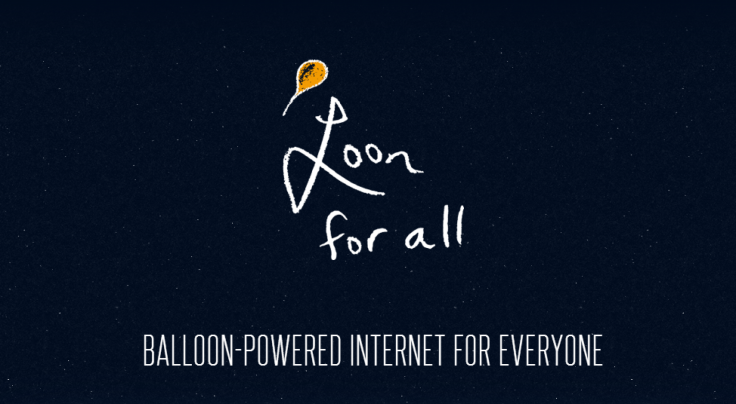Google Project Loon: Using Balloons To Beam Internet From Stratosphere To Isolated Communities [VIDEO]

Google (NASDAQ: GOOG) wants everyone in the world to be on the Internet, but two out of three people in the world still don’t have access. To address this problem, Google unveiled on Friday its latest “moonshot” solution to the problem: balloon-powered Internet access.
In a blog post, Google said that some of the biggest obstacles to universal Internet access are the geographical ones posed by jungles, archipelagos and mountains. These obstacles increase the cost of Internet connectivity, making it too expensive for most inhabitants of these places to afford. Google’s planned solution to this problem is to avoid these obstacles altogether by using a ring of balloons in the stratosphere that will drift on stratospheric winds to beam Internet access to the hard-to-reach places below.
If you’re thinking that balloon-powered Internet access sounds like a lot of hot air, you’re not alone. Even Google acknowledged that the plan sounds nuts, and it’s a part of why they named it Project Loon.
However, Google is taking Project Loon seriously, and it has constructed an early version of the system, whose balloons will ride stratospheric winds at altitudes of about 20 kilometers, approximately twice the altitude of commercial airlines. These balloons will beam Internet connectivity that Google says is comparable to that of 3G networks.
“As a result, we hope balloons could become an option for connecting rural, remote and underserved areas, and for helping with communications after natural disasters,” Mike Cassidy, the leader of Project Loon (lead loon?) wrote in a Google blog post.
A video explains how the technology works. Essentially, the balloons ride winds in the stratosphere that tend to flow in specific directions. Google balloons can move between these winds, allowing it to steer the balloons to keep them grouped together. The balloons connect to antennas on the ground, communicate with each other and link back to a ground station that is connected to the local Internet service provider.
The balloons are about 15 meters in diameter and are completely solar powered. Google has a mission control center to monitor them, and it's working with air traffic control outposts to ensure that every time a Project Loon balloon goes up or comes down, it does so safely.
A pilot version of Project Loon launched this week in New Zealand with a network of 30 balloons and 50 testers using the balloons to connect to the Internet. Google’s next goal for Project Loon is to expand the program to more countries along the same latitude as New Zealand.
Google says the goals of Project Loon are completely altruistic: to give people in geographically isolated areas access to information, education and health care. However, Google is also a company funded by advertisements, so providing connectivity to the two-thirds of the Earth's population that don’t have access to Internet could eventually help Google tap into a massive new revenue stream.
In light of recent news, this author has to wonder: Has the NSA already connected to Project Loon as well?
© Copyright IBTimes 2025. All rights reserved.






















